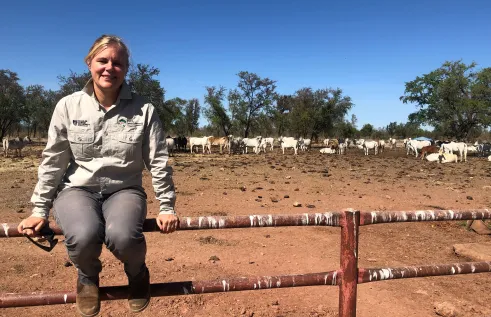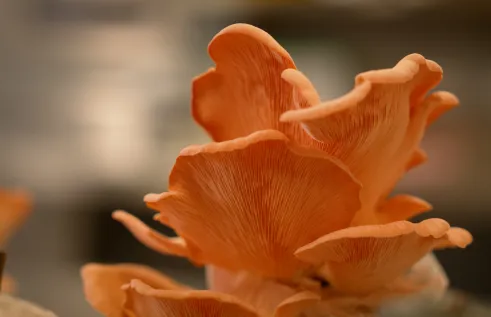News
Animal diversity key to ecosystem restoration
A Charles Darwin University (CDU) study shows for the first time how animal biodiversity can be measured for assessing how well an ecosystem has been restored.
According to CDU Research Institute for the Environment and Livelihoods ecologist and lead author of the study, Professor Alan Andersen, specific standards are required for assessing how well animal communities have been restored.
“Animal biodiversity is critical if the goal is full ecosystem restoration,” Professor Andersen said.
“Typical land restoration criteria have focused on vegetation and soil, often with little consideration of animal diversity.
“It is important to include a wide variety of animals, not just because of their intrinsic biodiversity value but also because of the many ecological roles they play in restoration processes. However, up until now there has been no framework for doing this.”
The new framework covers which animals to measure, how they should be measured and how similar they should be to a completely restored ecosystem.
It was applied to Ranger Uranium Mine, which has a restoration program aiming to return the site to an environment similar to that in surrounding Kakadu National Park – akin to “full recovery” based on the standards set forth by the Society for Ecosystem Restoration.
But Professor Andersen said the assessment framework can be applied to any ecosystem worldwide.
“Specific standards of evaluating returning animal populations can be set to suit any level of restoration, no matter where it is,” he said.
The study, Faunal standards for the restoration of terrestrial ecosystems: a framework and its application to a high-profile case study, was recently published in the journal Restoration Ecology.
Related Articles

Where rubber meets the road: Old tyres are key to building tougher roads
Almost half of the Northern Territory’s worn-out tyres end up in landfills – with the rest exported interstate for recycling – but a study led by Charles Darwin University (CDU) is repurposing the discarded rubber to build stronger, sustainable roads that meet the NT’s unique needs.
Read more about Where rubber meets the road: Old tyres are key to building tougher roads
Moo-ving the boundaries: New research evaluates virtual fences for use on NT cattle stations
Cattle producers in Northern Australia face unique challenges when adapting tools like virtual fences on their properties, but new research from Charles Darwin University (CDU) is set to break down the barriers to this technology.
Read more about Moo-ving the boundaries: New research evaluates virtual fences for use on NT cattle stations
Cotton trash to treasure: Project using waste to grow new mushroom industry
Supermarket shelves could be stocked with mushrooms grown from the Northern Territory’s cotton waste, with a Charles Darwin University research project exploring the possibility of broadening the region’s agricultural industry.
Read more about Cotton trash to treasure: Project using waste to grow new mushroom industry
